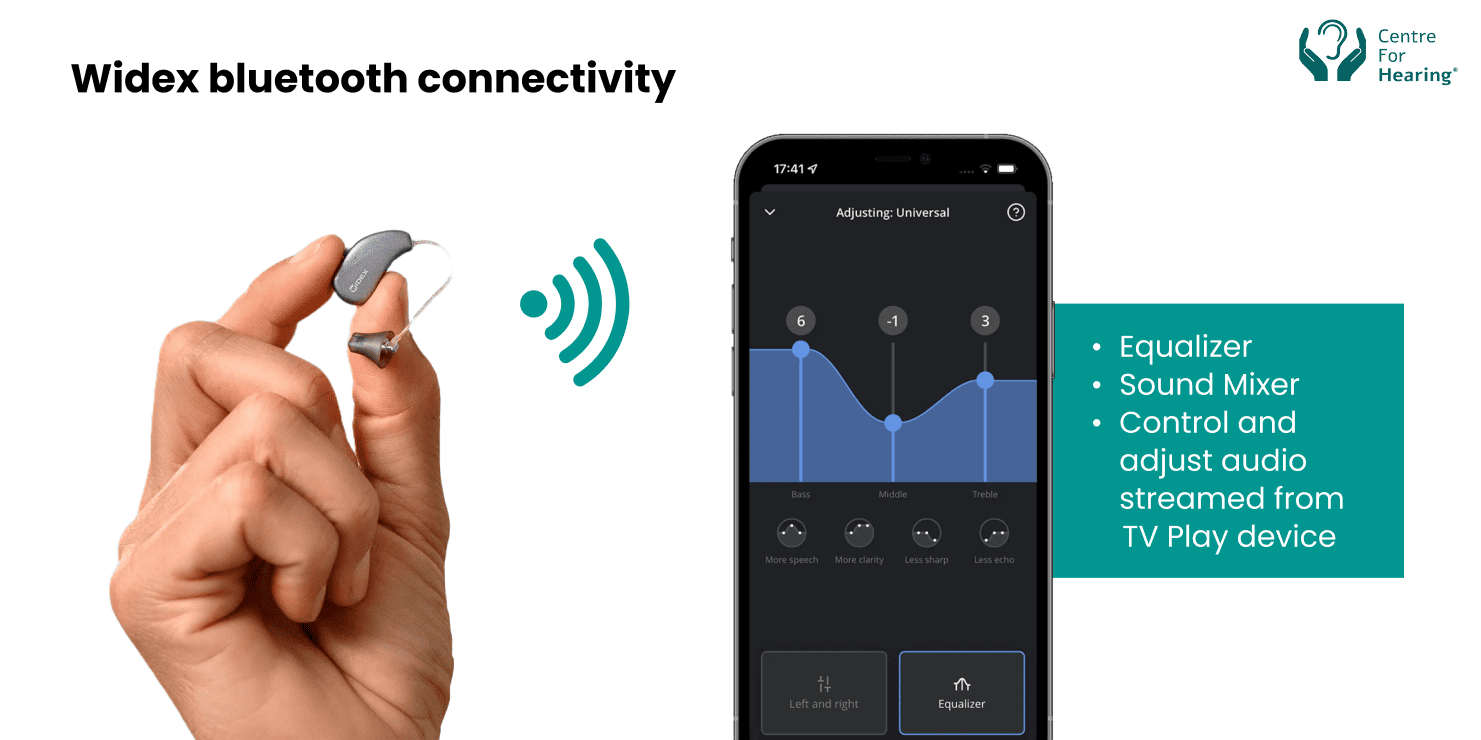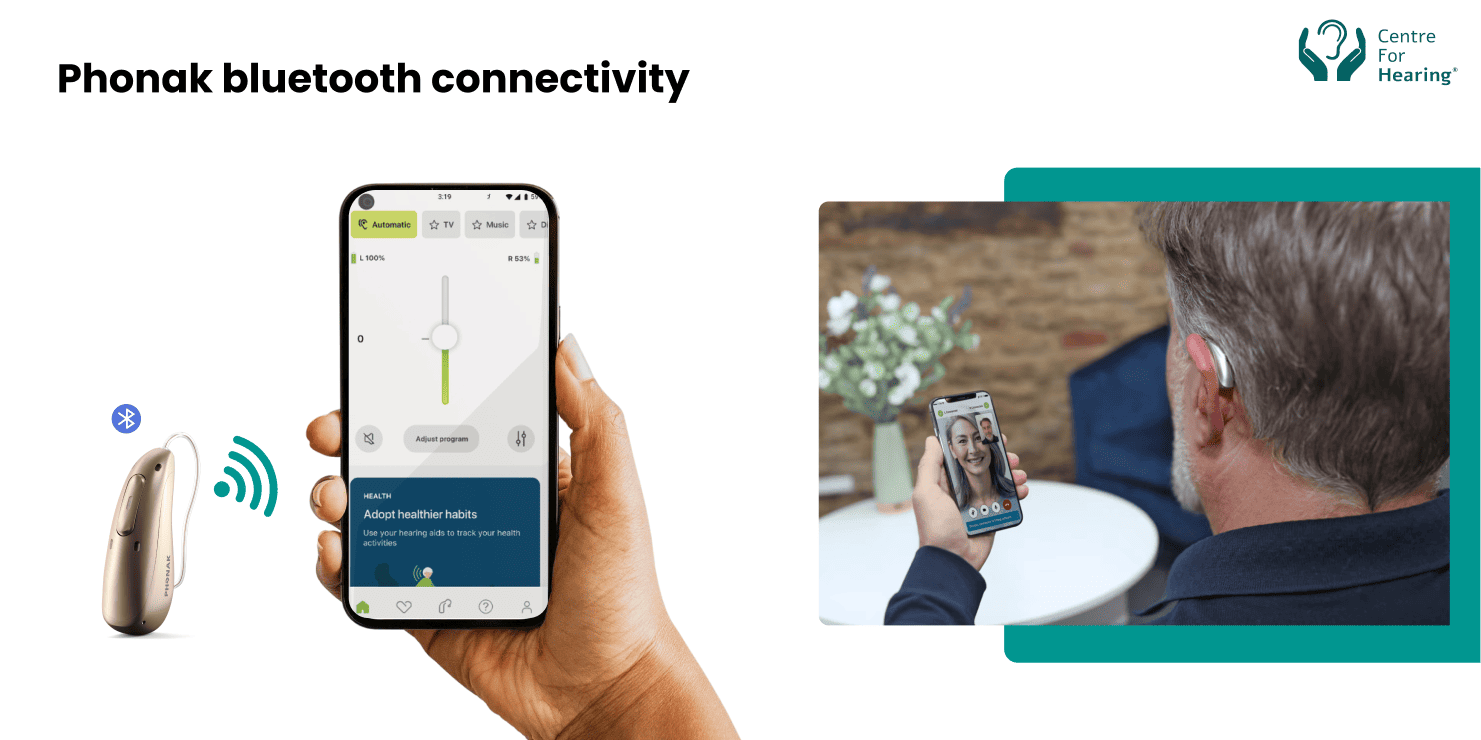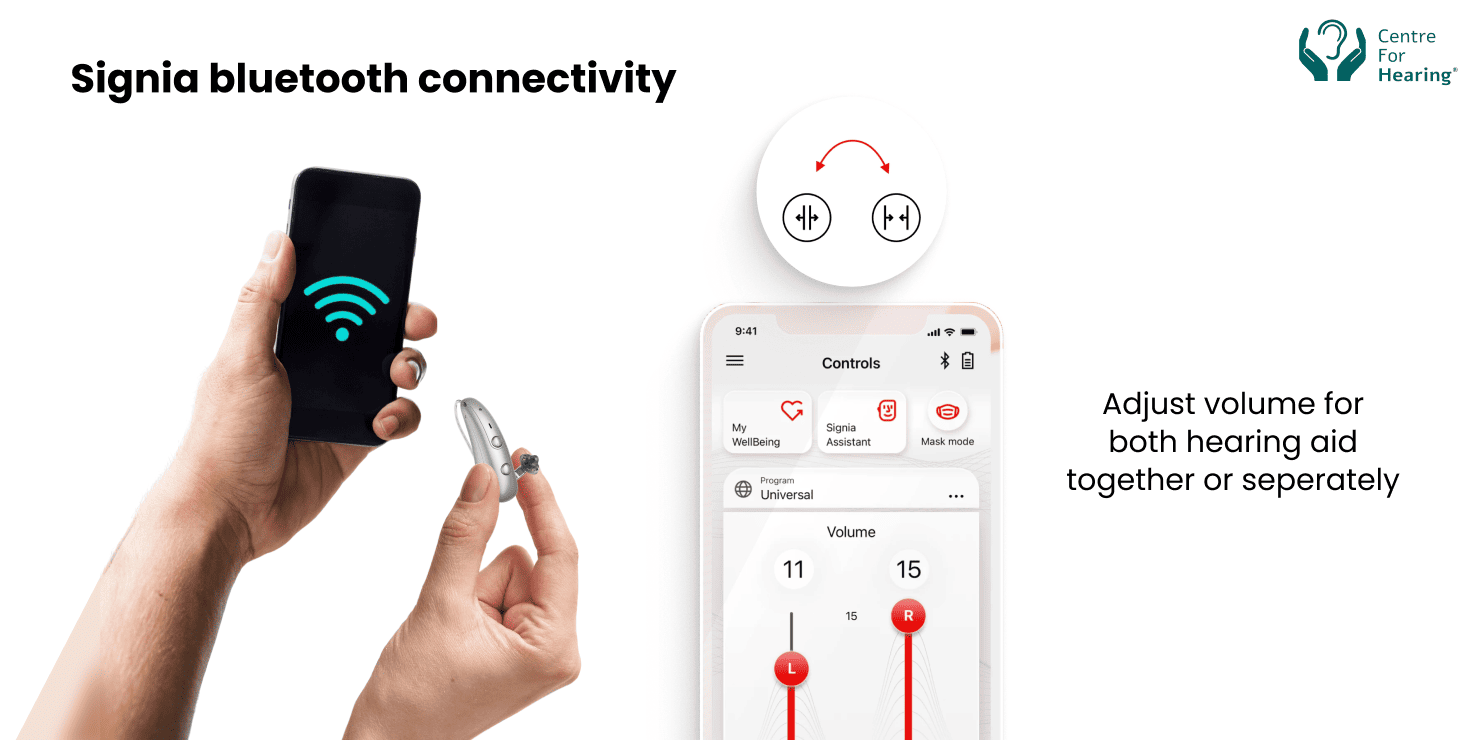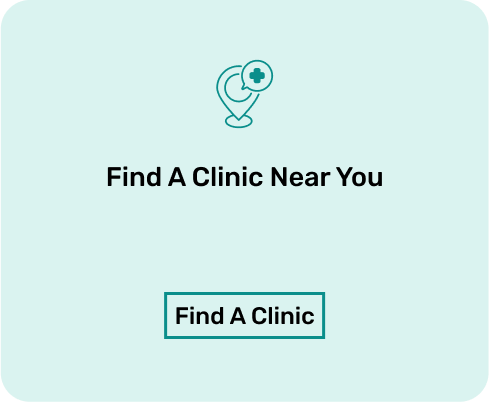Modern hearing aids do much more than just amplify sound-they are smart, connected devices designed to integrate seamlessly into daily life. One of the significant advancements has been Bluetooth connectivity, which enables 3 important things for users:
- Direct audio streaming of phone calls, music, videos, and even virtual meetings,
- Remote fine tuning
- Connectivity with the App for the user to self-manage their listening experience
However, there is a difference in the technologies adopted by different companies for connectivity between hearing aids and mobile phones.
- 2.4 gHz technology
- Classic Bluetooth
- Low Energy (LE) Bluetooth
Not all Bluetooth hearing aids are designed the same way. Brands differ in the way they implement connectivity, the type of devices they pair with, and the user experience they deliver. If you rely a great deal on your smartphone, laptop, or tablet, knowing these distinctions can make a world of difference to the convenience of your daily life.
Let’s compare three of the leading brands — Widex, Phonak, and Signia and break down how each approaches Bluetooth connectivity. Check their strengths, and the trade-offs you should know before choosing the right device for your needs.
How Bluetooth Works in Hearing Aids
Traditional Bluetooth, used in wireless headphones, is power-hungry. Hearing aids, being tiny devices that sit in or behind the ear, cannot afford that battery drain. They must balance low power consumption with clear, real-time audio transmission.
To accomplish this, different protocols are used by manufacturers, such as:
- Classic Bluetooth: Offers wide compatibility but consumes more power.
- Bluetooth Low Energy (LE): Designed for efficiency, but requires device-specific support.
- Proprietary Solutions: Some brands create custom protocols (such as MFi (Made for iPhone, 2.4 GHz)) to optimise streaming and control.
This is why connectivity performance varies widely between brands. Let’s see how Widex, Phonak, and Signia stack up.
Confused by the technical details? Don’t worry – our audiologists explain everything in simple terms and help you test different connectivity options. Home visit facility available for your convenience.
Widex: PureSound with Selective Streaming

Widex has built its reputation on natural sound quality, and its connectivity approach reflects the same philosophy.
Hearing aids such as Widex Moment Sheer use Bluetooth Low Energy with Made for iPhone (MFi) for iPhone customers and ASHA (Audio Streaming for Hearing Aids) for compatible Android devices. This enables the direct streaming of calls, YouTube, or Spotify from supported phones.
For devices that don’t support MFi or ASHA, such as older Android models, laptops, or TVs, Widex provides accessories like TV Play and COM-DEX.
While this means carrying an extra gadget, it handles the heavier streaming load, which helps keep the hearing aids themselves small, lightweight, and discreet while also avoiding excessive battery drain.
The Widex Moment app provides sound personalisation, directional focus, and environmental sound adjustments, though it is less feature-rich than Phonak’s app.
Best suited for: Users who value sound quality above all and are comfortable managing an accessory for universal device compatibility.
Want to experience Widex’s PureSound technology? Contact us to get a hearing aid trial to test the connectivity and sound quality yourself.
Phonak: Universal Bluetooth compatible with ALL

Phonak has been the only major brand that relies on classic Bluetooth, making its connectivity the most universal. (Signia has only recently, in September 2025, introduced Classic Bluetooth in their hearing aids.) Devices such as the Phonak Audéo Lumity, Phonak Infinio, and Phonak Infinio Sphere connect directly to nearly any Bluetooth-enabled device, whether iOS, Android, laptops, or even older flip phones.
This flexibility allows users to switch effortlessly between a Zoom call on a laptop to music on a phone without adapters. Phonak also enables true hands-free calling: instead of relying on the phone’s microphone, the hearing aids pick up and transmit your voice, functioning like a wireless headset.
The trade-off is slightly higher battery consumption than with Bluetooth LE. Though with rechargeable models and quick-charging options, most users won’t find this a major drawback.
Best suited for: Multi-device users, professionals, and anyone who prioritises seamless compatibility.
Ready for universal Bluetooth connectivity? Contact us to get a free Phonak hearing aid trial.
Signia: AI-Powered Streaming with Style

Signia combines LE-Bluetooth connectivity with advanced personalisation.
Models like the Signia Styletto AX and Silk X support Bluetooth Low Energy with MFi for iOS and ASHA for compatible Android devices. For TVs or older phones, Signia offers StreamLine accessories.
Its standout strength lies in its digital ecosystem. The Signia App includes the AI-driven Signia Assistant, which acts as a virtual audiologist, offering real-time adjustments and support. This is particularly useful for users who prefer autonomy in managing their hearing experience.
With its recent Pure Charge&Go BCT IX, Signia has expanded into classic Bluetooth, making it compatible with virtually any phone while offering an impressive battery life of up to 36 hours. Its sleek designs also appeal to users seeking discretion alongside performance.
The main limitation is less consistent performance with older Android models and partial hands-free calling outside iOS.
Best suited for: Tech-savvy users who value AI-driven personalisation and modern design, and mainly use newer smartphones compatible with MFi or ASHA.
Interested in AI-powered hearing aids? Experience Signia’s smart features firsthand. Book a free consultation to explore your options.
Comparative Overview: Bluetooth Connectivity in Widex, Phonak, and Signia
Here’s a quick comparison of how leading Bluetooth hearing aids compare on connectivity:
The Bottom Line
Bluetooth hearing aids have transformed how users engage with both their environment and digital devices.
Each brand has carved out its own approach: Phonak leads in seamless connectivity across platforms, Widex preserves design and sound integrity with accessory-based streaming, and Signia blends smart features with flexible Bluetooth options.
Your ideal fit depends on whether you prioritise universal compatibility, discretion, or AI-driven personalisation.
Centre for Hearing®: Your Partner in Comprehensive Hearing Care
At the Centre for Hearing®, trusted since 1973 and with over 300,000+ satisfied customers, we work with all leading brands to help you find the right fit for your hearing, lifestyle, and technology needs.
If you are unsure which Bluetooth hearing aid is most suitable for you, schedule a free consultation at one of our sound-treated clinics across Delhi, Gurgaon, Punjab (Ludhiana, Patiala, Jalandhar), and the Chandigarh Tricity Area.
With guidance from our expert audiologists, your device trials are designed to make sure your hearing aids go beyond restoring hearing, keeping you fully connected in today’s digital-first world.
Call us today at 9811227269 or email us at care@centreforhearing.org to book your appointment.
FAQs
1. Can Bluetooth hearing aids connect to both iPhone and Android?
Yes, but compatibility is based on the brand and phone model. Widex and Signia employ MFi for iOS and ASHA for newer Android phones, while Phonak is compatible with almost all Bluetooth devices, including laptops and older phones.
2. Do Bluetooth hearing aids drain the battery faster?
Streaming audio does use more power than regular listening, but modern rechargeable models are designed to handle it. Widex and Signia conserve battery by offloading heavy streaming to accessories, whereas Phonak finds a middle ground with fast-charging capabilities.
3. Can I take hands-free calls with Bluetooth hearing aids?
Phonak supports true hands-free calling across devices, functioning like a wireless headset. With Widex and Signia, hands-free calling is currently limited to the iPhone.
4. What if my phone isn’t compatible with MFi or ASHA?
Widex and Signia feature accessories such as TV Play, COM-DEX, or StreamLine Mic to bridge this gap. These let you stream from older Android phones, laptops, or TVs without needing a new smartphone.
5. Which Bluetooth hearing aid is ideal for me?
It depends on your lifestyle:
- Widex for natural sound and discreet design (with accessories if needed).
- Phonak for universal connectivity and hands-free calling.
- Signia for AI-powered personalisation and modern style.



















